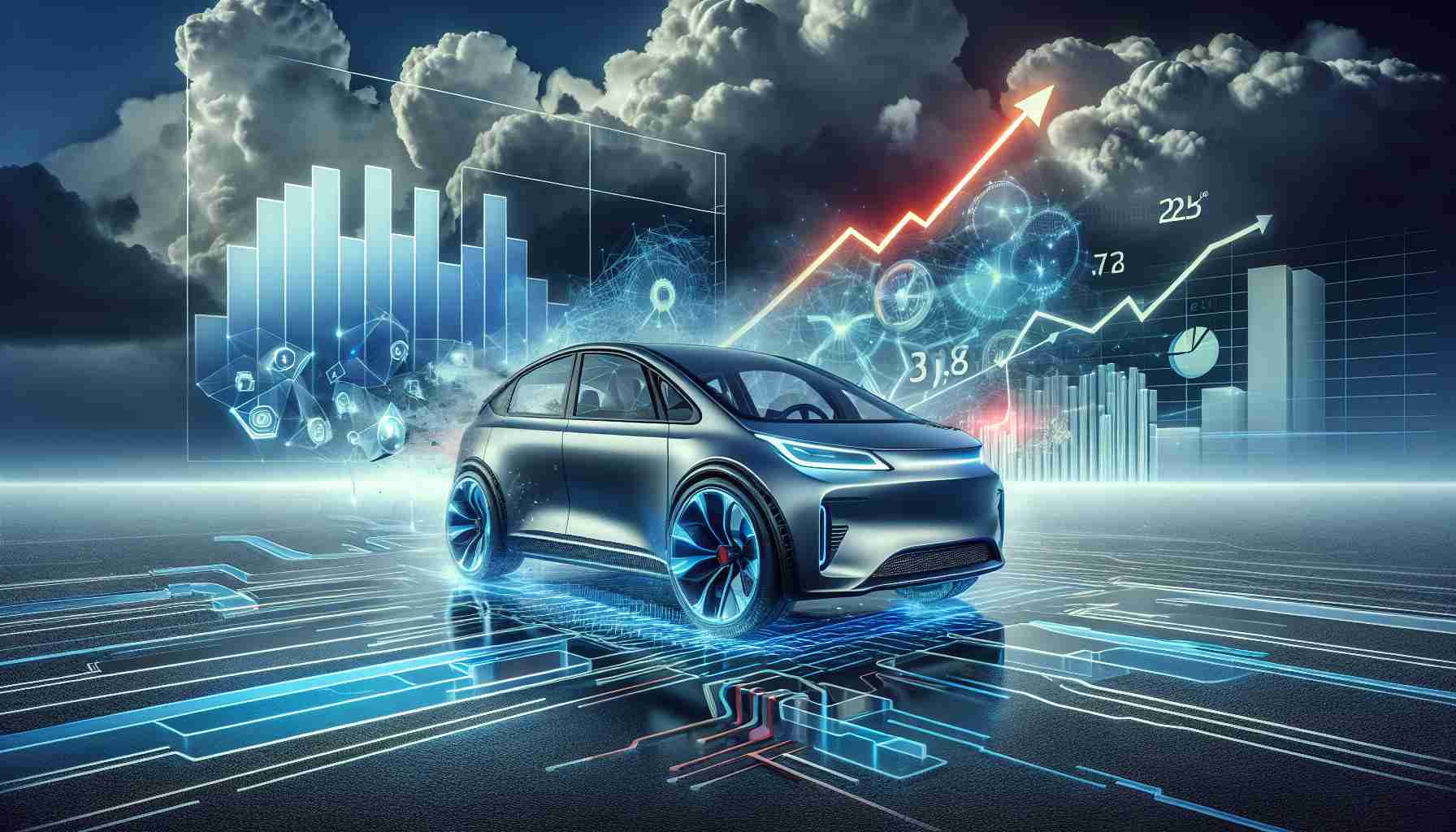- Tesla’s Full Self-Driving program faces significant challenges despite recent mileage increases.
- The crowdsourced dataset revealed a jump from 8,000 to nearly 15,000 miles driven, but with troubling signs.
- Average miles driven between disengagement fell from 723 to 624 miles, indicating technology struggles.
- The current average is only 489 miles between necessary disengagement, far from Musk’s projected improvements.
- Experts suggest Tesla needs to achieve 700,000 miles between critical interventions for full autonomy.
- Speculation surrounds Musk’s plans for an unsupervised ride-hailing service, raising questions about its efficacy.
- Overall, while progress is noted, the journey to true autonomous driving is fraught with obstacles.
Tesla’s Full Self-Driving (FSD) program is in turmoil, even as it makes headlines. Despite Elon Musk’s previous claims of exponential improvement, recent developments tell a different story. A crowdsourced dataset, endorsed by Musk, has doubled in mileage since last month. Yet, this surge reveals troubling insights about the capabilities of Tesla’s FSD technology.
Initially, the crowdsourced data showed 8,000 miles driven on the new FSD v13 update. Now, that figure has jumped to nearly 15,000 miles, but the message isn’t all good. The average miles driven between disengagement dropped from an impressive 723 to 624 miles—a clear sign that the technology is struggling despite its expanded mileage. As it stands, Tesla’s primary metric—miles between necessary disengagement—is a mere 489 miles, much lower than Musk’s promises of a 5-6x improvement from previous versions.
Interestingly, for Tesla to enable fully autonomous driving, it’s estimated it needs to reach 700,000 miles between critical interventions—an extraordinary leap compared to current performance. With many predicting this milestone won’t be achieved this year, the future of Tesla’s FSD is under scrutiny.
Musk has hinted at a new unsupervised service launch in Austin, similar to Waymo’s autonomous ride-hailing system. But will that push forward the grand ambitions of FSD for all Tesla users, or merely replicate outdated technology?
The takeaway? While Tesla showcases progress, the path to true autonomous driving remains a long road, filled with hurdles yet to be overcome.
Is Tesla’s Full Self-Driving Program Really Moving Forward?
Overview of Tesla’s Full Self-Driving (FSD) Challenges
Tesla’s Full Self-Driving (FSD) program, initially promoted as a groundbreaking advance in autonomous technology, is facing significant obstacles. Recent data reveals a stark contrast to previous optimistic assessments from Elon Musk. A key metric, miles driven between disengagement, has notably decreased, leading to concerns about the technology’s readiness for widespread use.
# Key Insights into Tesla’s FSD Performance
1. Crowdsourced Mileage Reports:
– The collection of user-generated data has nearly doubled in mileage from 8,000 to 15,000 miles since the release of the FSD v13 update. However, this surge should be viewed critically in light of performance metrics.
2. Disengagement Metrics:
– The average miles driven between disengagement has fallen from 723 miles to 624 miles. Tesla’s current performance stands at a disappointing 489 miles, far from the 5-6x improvement claimed by Musk.
3. Future Goals and Predictions:
– Experts estimate that in order to achieve fully autonomous driving, Tesla needs to reach a benchmark of 700,000 miles between critical interventions. Predictions indicate this target may not be met within the current year.
3 Important Questions about Tesla’s FSD Program
1. What factors contributed to the decrease in miles between disengagement?
The decline in disengagement metrics may be attributed to the complexities of real-world driving conditions that the FSD system encounters. Increased traffic, varied road conditions, and complex intersections could all contribute to the system’s inability to operate smoothly without human intervention.
2. How does Tesla’s performance compare with competitors?
Compared to other technology leaders in autonomous driving, such as Waymo and Cruise, Tesla’s FSD is lagging. While Waymo has launched successful autonomous taxi services, Tesla has not yet reached a level of confidence that allows for similar services without human oversight.
3. What does the future hold for Tesla’s FSD?
The future of Tesla’s FSD relies on overcoming current technological hurdles and public perceptions. Continuous software updates, improved algorithms, and expanded real-world testing will be vital in achieving the desired safety and reliability standards for autonomous driving.
Additional Information on Tesla’s FSD
– Pros and Cons:
– Pros: Tesla continues to integrate advanced features and user feedback into FSD software, fostering a large community for data collection.
– Cons: The software’s current reliance on driver intervention raises safety concerns and questions about reliability.
– Market Trends:
– The autonomous driving market is rapidly evolving, with increasing competition and advancements in AI technology that may influence consumer choice and regulatory perspectives.
– Innovations in Progress:
– Tesla is reportedly working on improving sensor integration and neural network training to enhance FSD performance. However, details remain scarce, and timelines are uncertain.
– Sustainability and Security Aspects:
– Sustainability efforts include developing AI that not only respects regulatory standards but is also environmentally considerate in terms of energy consumption and resource allocation.
For more about Tesla’s evolving technology and the future of autonomous vehicles, visit Tesla’s official website.













